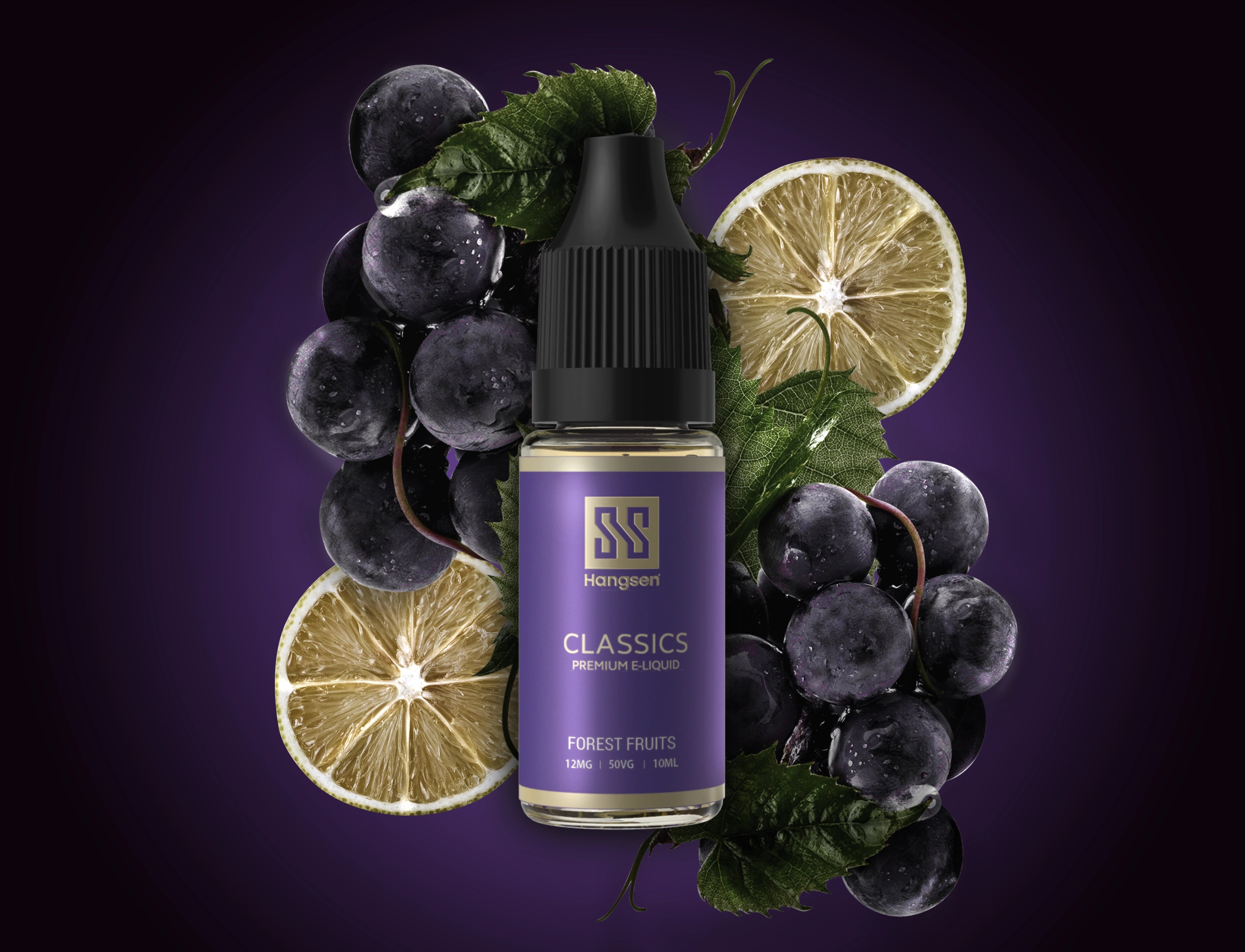The vaping industry, burgeoning as a contemporary alternative to traditional smoking, has intricately woven itself into modern culture. For novices embarking on their vaping journey or seasoned enthusiasts seeking to refine their understanding, grasping the fundamental terminology of vape juice is pivotal. This article aims to demystify the jargon, offering a comprehensive overview of the essential terms that constitute the backbone of the vaping lexicon.
Essential Vaping Terms Explained
- Vape Juice (E-Liquid/E-Juice): The cornerstone of vaping, vape juice, also known as e-liquid or e-juice, is the liquid transformed into vapor in e-cigarettes or vaping devices. A typical concoction involves propylene glycol (PG), vegetable glycerin (VG), nicotine, and assorted flavorings.
- PG (Propylene Glycol): A primary component of many vape juices, PG is a colorless, odorless fluid known for its less viscous nature compared to VG. It is lauded for imparting a pronounced throat hit, akin to the experience of smoking traditional cigarettes.
- VG (Vegetable Glycerin): VG, another fundamental ingredient, is a thicker, sweeter liquid relative to PG. It is responsible for generating voluminous vapor clouds and enhancing the smoothness of the vaping experience.
- Nicotine: Present in both conventional tobacco products and vape juices, nicotine's concentration levels in vape juices are variable, allowing users to tailor their experience to personal preferences.
- Flavorings: These ingredients are the magic behind the vast array of flavors available in vape juices, ranging from classic tobacco to exotic fruit blends, desserts, and more.
- Steeping: This is the process of aging vape juice to allow the flavors to meld and mature, often resulting in a richer and smoother vaping experience.
- Dripping: A method where vape juice is applied directly onto the coils of a device, believed to intensify flavor but necessitates more frequent application.
- Sub-Ohm Vaping: This involves using a vaping device with a coil resistance below 1 ohm, known for producing larger vapor clouds and more robust flavors, though it demands greater power and juice consumption.
- Nicotine Salt (Nic Salt): A naturally occurring form of nicotine in leaf tobacco, Nic Salt is deemed a more stable variant compared to the commonly used freebase nicotine.
- Freebase Nicotine: The purest form of nicotine in most e-liquids, preferred for its efficacy in nicotine delivery.
- Cloud Chasing: The practice of generating substantial vapor clouds, a hobby for some and a competitive sport for others.
- Throat Hit: This term describes the inhalation sensation, which can range from a harsh mimicry of traditional cigarettes to a smoother experience, depending on the vape juice and personal preference.
- Coil/Atomizer: The heating component in a vape device, essential for vapor production and flavor delivery.
- Short Fill: A bottle of e-liquid not filled to capacity, leaving room for adding a nicotine shot.
- Nicotine Shot (Nic Shot): A concentrated nicotine solution, typically in a 10ml bottle, used to augment nicotine strength in e-liquids.
- All Day Vape (ADV): An e-liquid flavor that remains appealing throughout the day, a subjective choice varying from one vaper to another.

Conclusion
As the vaping industry evolves, so does its terminology. This guide provides a foundational understanding, enabling both new and experienced vapers to navigate the ever-expanding world of vaping with confidence and knowledge. Embracing these terms is the first step towards a more informed and enjoyable vaping experience.
